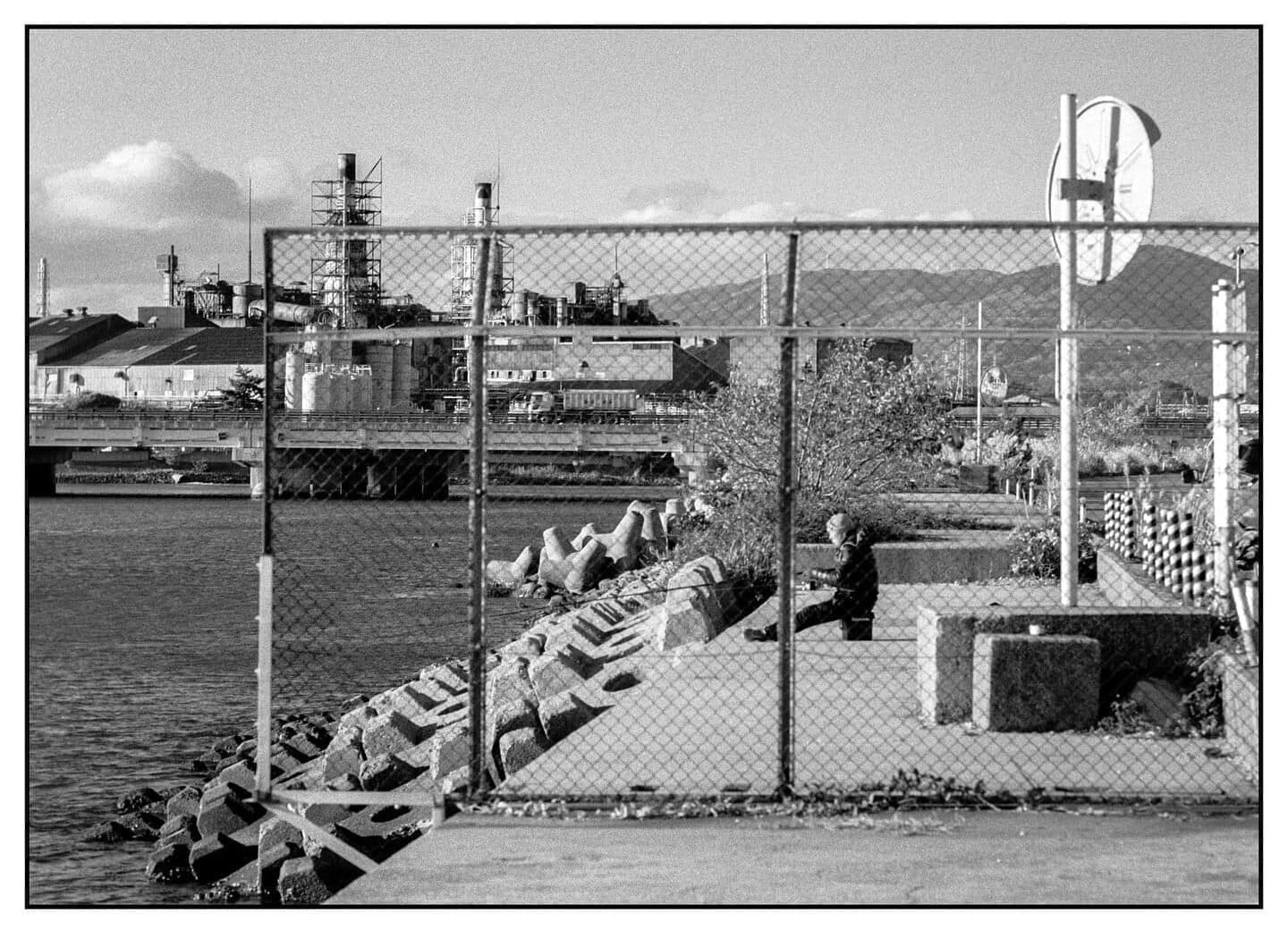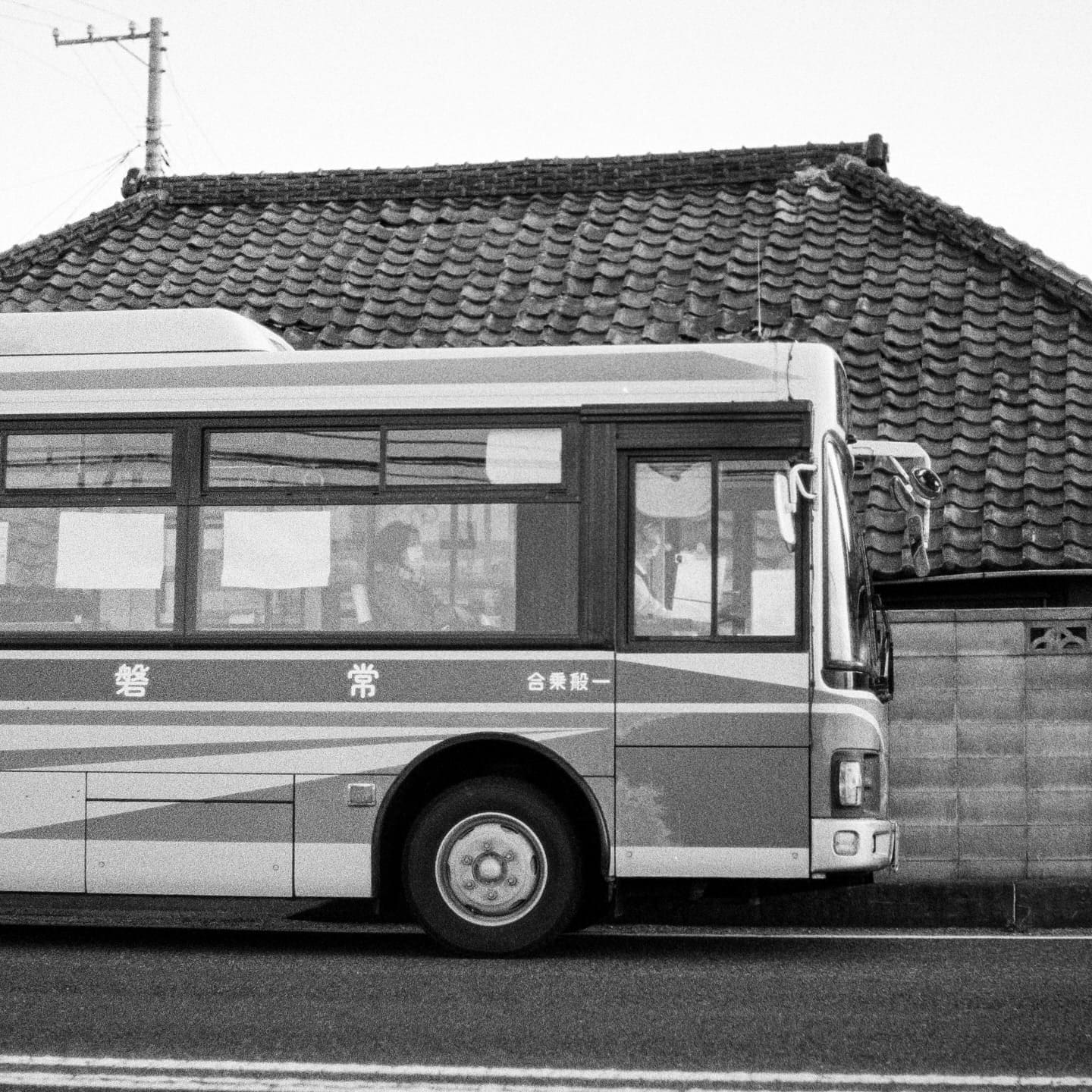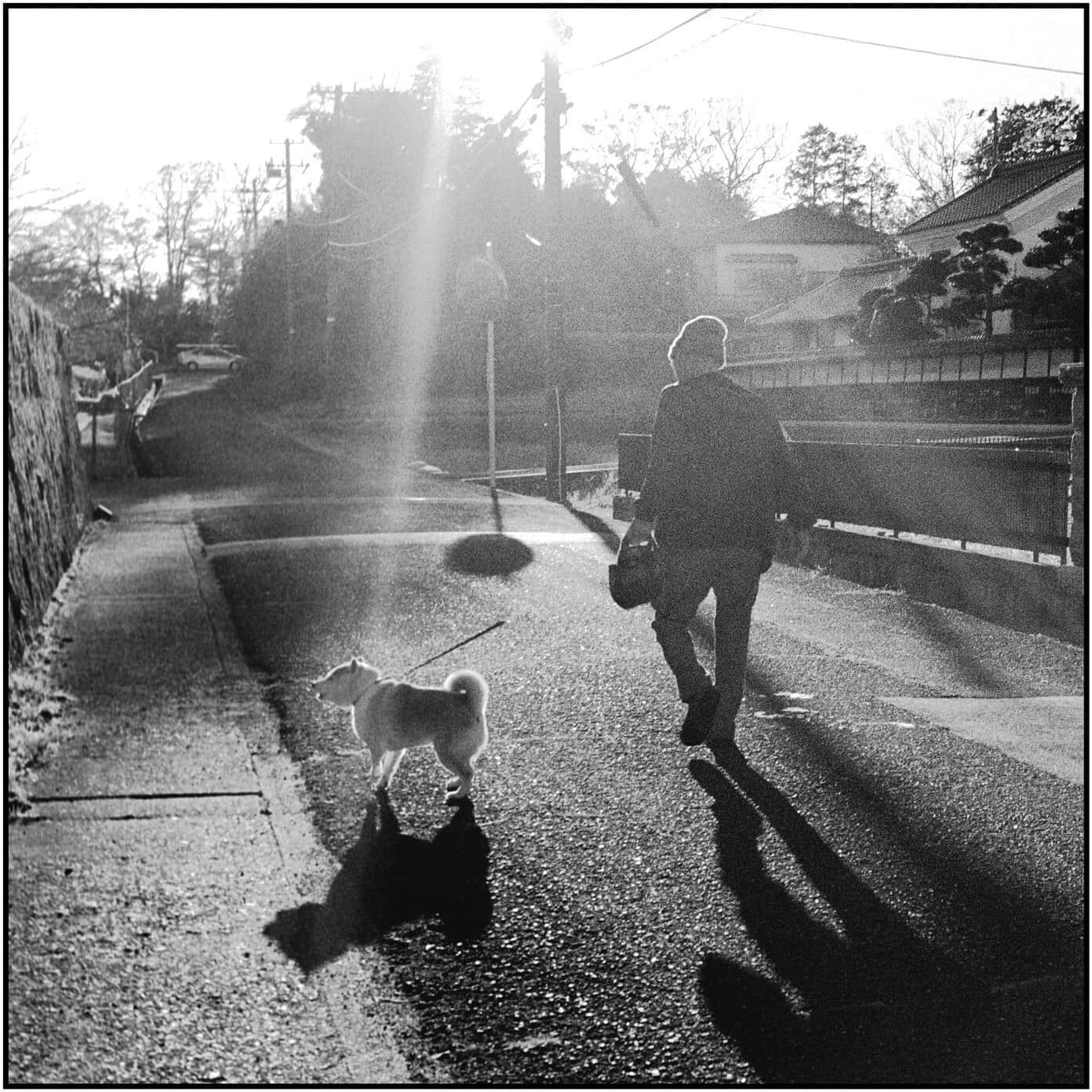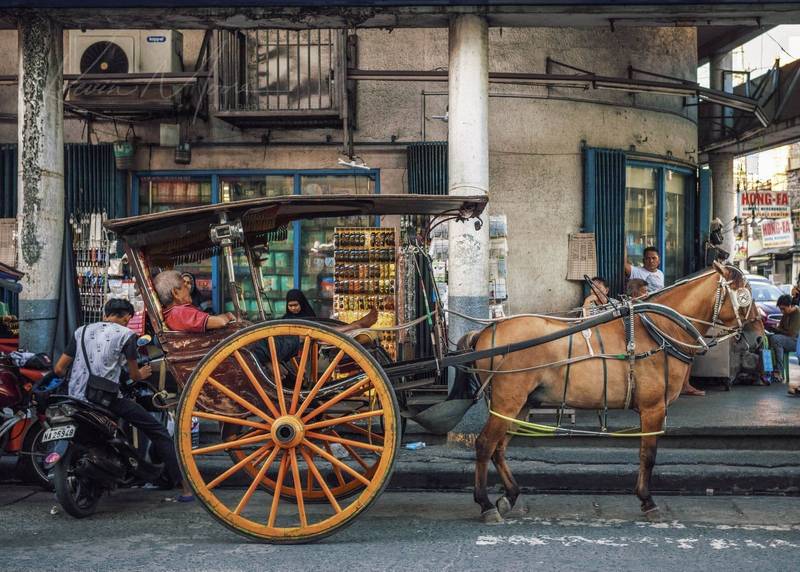
Monochrome Photography Japan – A Personal Reflection
Monochrome Photography Japan captures more than just an image; it encapsulates the heart of a moment. On a serene trip to Iwaki, a coastal city in Japan, I photographed a man fishing alone, engrossed in his meditative practice. The monochrome hues elevate the scene, distilling it to its essence—light, shadow, and emotion. This photograph, aptly titled Monochrome Fishing Japan, transcends time and culture, telling a poignant story of solitude and tradition through the lens of black-and-white photography.
Exploring Film Photography in Japan
Iwaki embodies the harmony of tradition and modernity, making it a treasure trove for street and documentary photographers. Using a Nikon FM2 and Ilford HP5 film, I captured this scene in stunning contrast and timeless simplicity. The deliberate choice of monochrome film over digital color brought focus to the fundamental elements of the moment, allowing the subtle interplay of light and shadow to shine.
The Cultural Essence of Fishing
Fishing in Japan reflects a deep connection to nature and a respect for patience. This quiet pursuit bridges the past and present, embodying an ethos of balance and reverence. The solitary fisherman in Monochrome Photography Japan symbolizes this philosophy. Black-and-white photography enhances this cultural narrative, creating a visual language that transcends words, inviting viewers to pause and reflect.
Custom Prints and Visual Storytelling
Are you inspired by Monochrome Photography Japan or other captivating images? Custom prints of this photograph and more are available upon request. These prints make perfect gifts or additions to your personal collection. Visit our contact form to inquire and bring a piece of visual storytelling into your space.
Reflections on Monochrome Narratives
The beauty of monochrome photography lies in its ability to narrate universal experiences—solitude, connection, and routine—through simplicity and depth. Monochrome Photography Japan invites viewers to immerse themselves in a timeless dance of light and shadow, encouraging introspection and an appreciation for the subtleties of life.
Artistic Craft in Film Photography
Each click of the Nikon FM2’s shutter is an act of intentionality, mirroring the deliberate patience of fishing itself. The tactile nature of film photography, paired with the richness of Ilford HP5, produces images with character and authenticity. The imperfections of film bring a soulfulness that digital precision often lacks.






